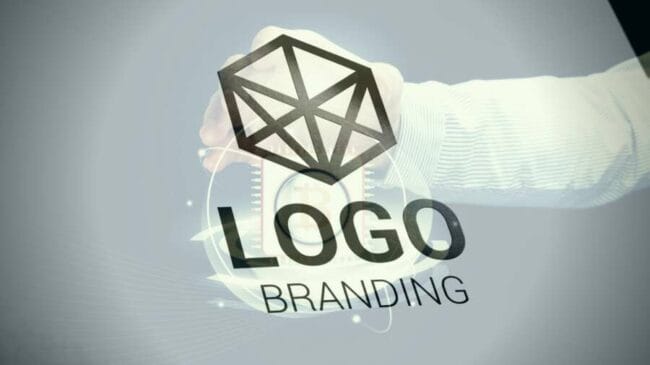
By Oliver Calvert, Head of Brand and Marketing at Romero Insurance Brokers
When we talk about ‘brand’, we often jump straight to taglines, quirky catchphrases and of course the logo. People associate ‘brand’ with business name and logo mainly because these are the most prominent and consistent elements. Think about any business you know. It’s likely you’ll visualise its logo. You might think about a business’s products, what they do and perhaps even what they represent to you – but the logo will still be front and centre.
It’s therefore important that businesses don’t see a logo as simply a gimmick. Yes, logos should be eye-catching and recognisable. But they should be an extension of your brand and everything that brand means.
Let’s say a law firm is looking to design a new logo. A multi-coloured gavel would certainly stick in the mind of potential customers, but how many of them would actually choose to work with the business? A slick, stylish monochrome logo may not be as eye-catching, but it’ll represent the brand much more accurately.
This is particularly important for B2B businesses. While consumer-focussed companies are vying for short-term sales, B2B enterprises are looking to develop long-term partnerships with the potential customers they reach. Therefore, a logo must truly speak a thousand words.
Why are logos important?
Logos are everywhere. They run throughout your business like a stick of rock, so it’s imperative you get your logo right and make a good impression wherever your business goes.
For many businesses, logos act as a functional signpost. Whether it’s a logo on a letterhead or a huge display on the site of a building, logos are a great way for people to identify a business. Logos should be recognisable and, most importantly, different to your competitors’.
Brand logos also help to reveal your identity. It should be clear in an instant whether a brand is B2B or B2C, and what sector they may be in. Do you sell a specific product or is your brand service-led? Your potential customers should be able to decipher this information quickly from your logo design.
Don’t underestimate the power of brand loyalty, either. Your customers become accustomed to your brand logo and the way you are represented visually. Make sure you are representing your business in the right way, so your logo encourages positive brand association.
The most important thing to remember is that, whilst logos are visually important, they are essentially a figurehead that the whole brand persona sits behind. That should be your number one focus when developing a logo.
Focus on your brand
Yes, a recognisable logo is essential, but it means nothing unless it has the underpinnings to support the brand. Building a brand is like building a house. The brand purpose, mission and values are the foundations. The brand personality is the walls that give your team parameters to work within, and the logo is the decor – your curtains, wallpaper and furnishings. It’s the first thing everyone will see, so it’s important to make your brand engaging and memorable. But remember, it’s nothing without the foundations and walls to hold it up.
Think about what your brand represents and how to visually demonstrate this. If you’re a business that does things differently, choose a design that represents this. Perhaps the typeface will just edge outside of its confinements, demonstrating out of the box thinking.

Oliver Calvert
Our own logo is a great example. The diamond image can be used as a standalone ident or used alongside our business name. Romero takes the lead. It’s our brand name, and our founder’s surname – demonstrating our family values and exceptional customer service. The diamond itself has connotations of quality and high value. It’s easily recognisable and most of our customers and associates would be able to easily match our logo with our brand.
Consider what your business represents, thinking deeply about your brand values and how you can visually demonstrate them.
Consider brand use
Your logo should be agile. This means it can easily change and evolve to suit the needs of the business. Need the logo in one block of colour? No problem. Display ad specifications require a landscape or portrait version. It’s easily amended.
Never develop a logo that isn’t practical. It’s like purchasing a great pair of designer shoes. They might be stunning and people might compliment them, but if you can’t walk in them then they simply aren’t fit for purpose.
Don’t be afraid of change
A logo isn’t for life. Some of the most successful brands in history regularly tweak and change their brand logo. It’s an evolving process, and in order to stand the test of time a logo must be revisited and reworked from time to time.
If you can’t remember the last time your brand’s logo went through a refresh, it might be time to start evaluating whether its meaning still has relevance, or if it’s time to bring your logo up to date with your business.
A business’s logo does not define a brand. But a brand does define a logo. Armed with a powerful logo, a strong set of brand values and a visual identity that represents your brand perfectly, you should be able to get your business’s key messages across in an instant. And that’s what it’s all about.


